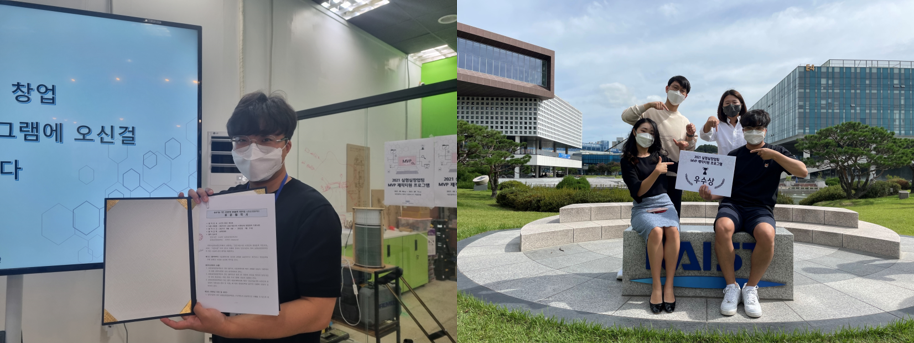生物工程和脑工程领域是“MIT技术评论”评选的“2015 年十大创新技术”中的三个,是开启未来的新兴融合技术领域。生物革命将对人类生活产生巨大影响,KAIST细胞台研究中心生物和脑工程领域正在不断进步,以创造比人类想象的未来更好的未来。研究所致力于培养创造性的领导者,通过基于生物医疗技术的电子、计算和纳米技术的融合,创造新的知识和技术。
KAIST细胞台研究中心生物和脑工程领域成立于2001年,是生物融合技术在全球刚刚诞生的2001年,以未来产业会长郑文术捐赠300亿韩元为基础,为生物、信息、纳米融合学提供基础。本着挑战和创意精神推动KAIST的发展,研究所根据生物融合研究的时代潮流,在生物信息学和系统生物学、生物气象学、生物纳米学和脑神经工程研究领域开展创新源技术开发研究和培训计划。作为 KAIST内工程和生物融合研究的协调中心,研究人员努力实现生物医学工程领域向世界前10名的飞跃。
通过与海外各种机构的国际合作,集中培育上述重点领域,将工程和生物融合研究应用于医疗领域,取得了显著的研究成果。

The fields of bioengineering and brain engineering are three of the "Top 10 Innovative Technologies of 2015" selected by MIT Technology Review, and are emerging fusion technology fields that open the future. The biological revolution will have a huge impact on human life, and the field of biological and brain engineering at the KAST Cell Bench Research Center is constantly advancing to create a better future than humans imagined. The Institute is committed to developing creative leaders who create new knowledge and technologies through the convergence of electronics, computing and nanotechnology based on biomedical technologies.
The field of biological and brain engineering at the KAST Cell Stage Research Center was established in 2001, when biofusion technology was just born in the world in 2001, based on the donation of 30 billion won by Jung Mun-shu, chairman of Future Industry, to provide the foundation for biological, informatic, and nanofusion science. Driven by challenge and creativity, the Institute conducts research and training programs for the development of innovative source technologies in the fields of bioinformatics and systems biology, biometeorology, bionanoscience and brain neuroengineering, in line with the trend of the times in biofusion research. As the focal point for engineering and biofusion research within KAIST, researchers strive to make the leap in the field of biomedical engineering to the top 10 in the world.
Through international cooperation with various overseas institutions, we have focused on cultivating the above key areas and applied engineering and biofusion research to the medical field, and have achieved remarkable research results.